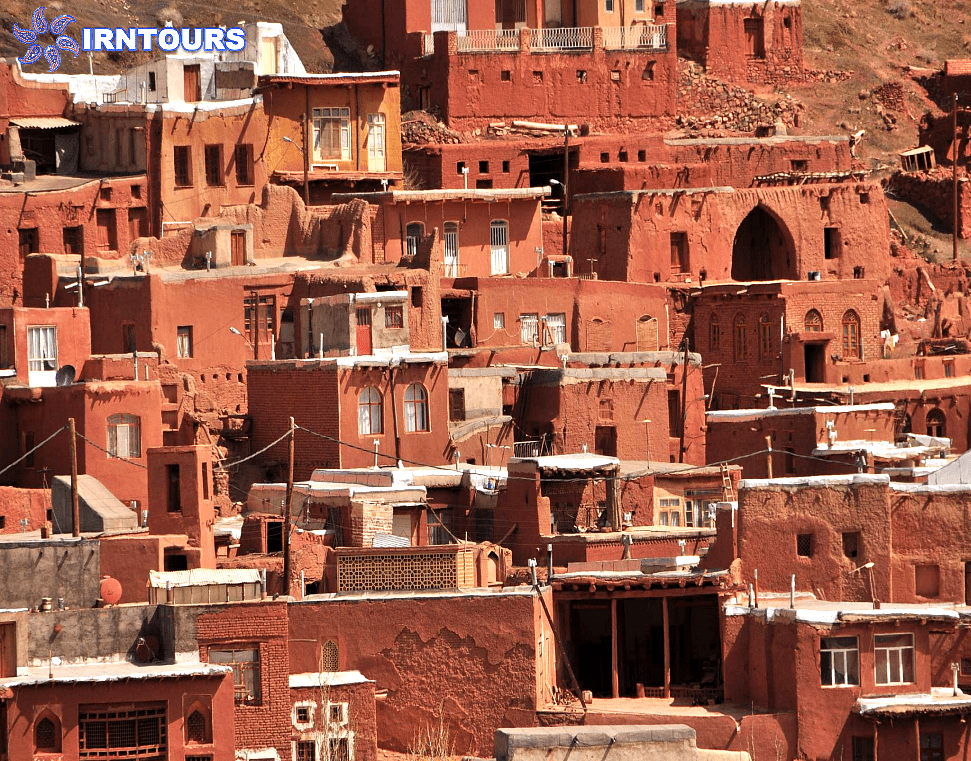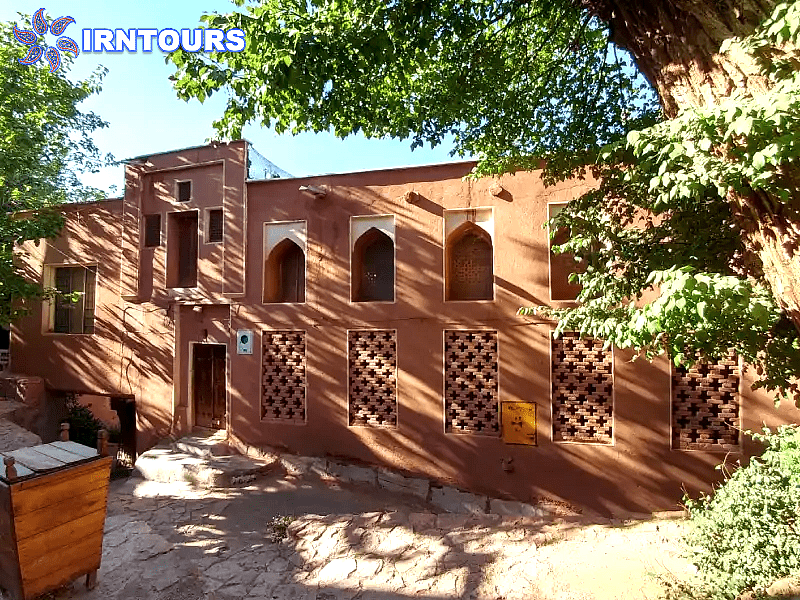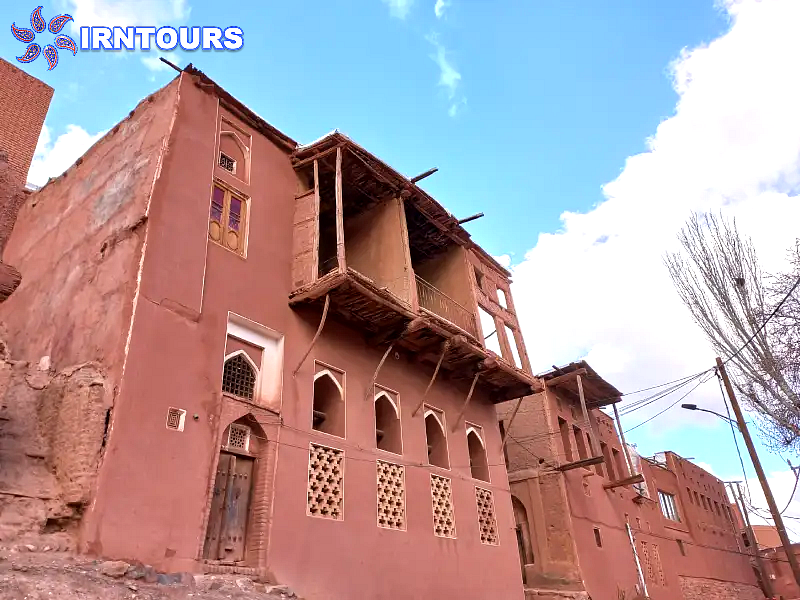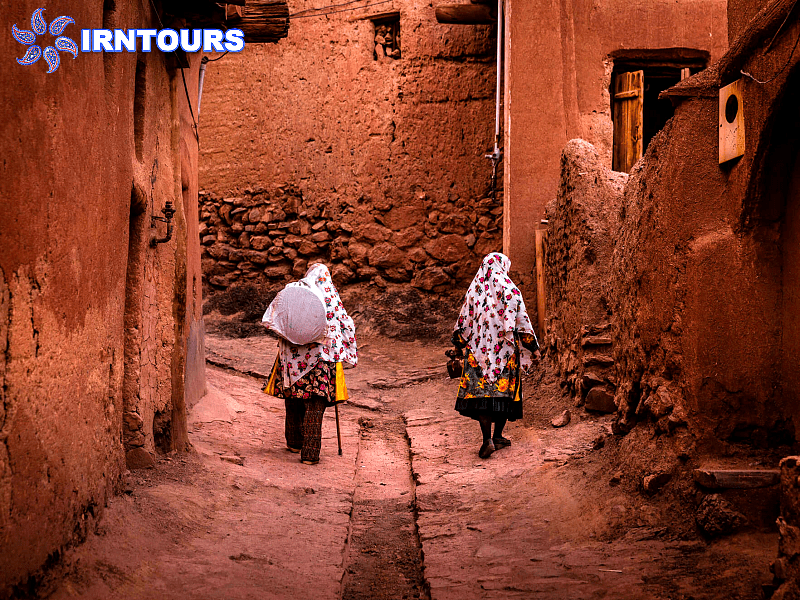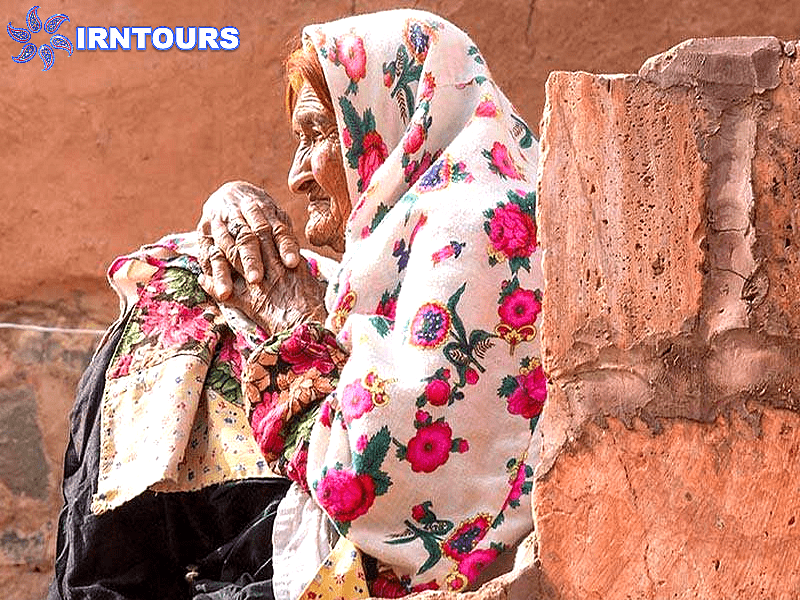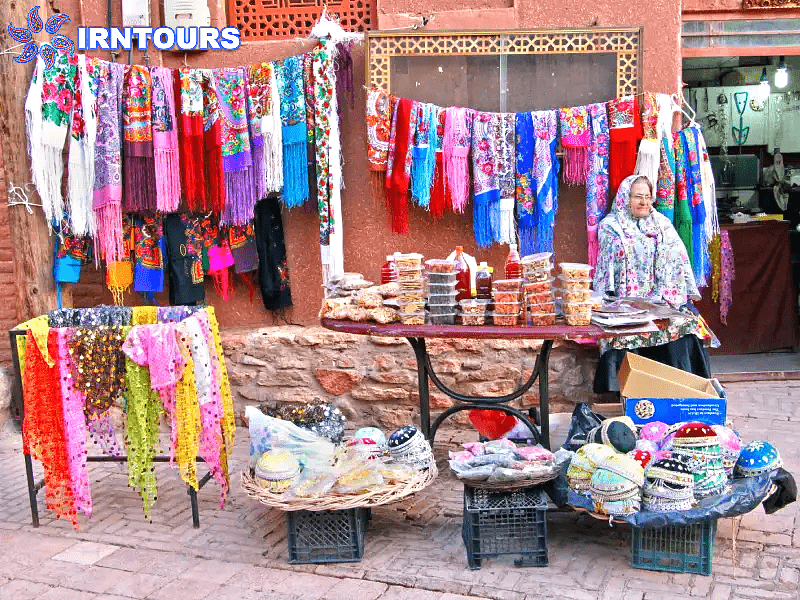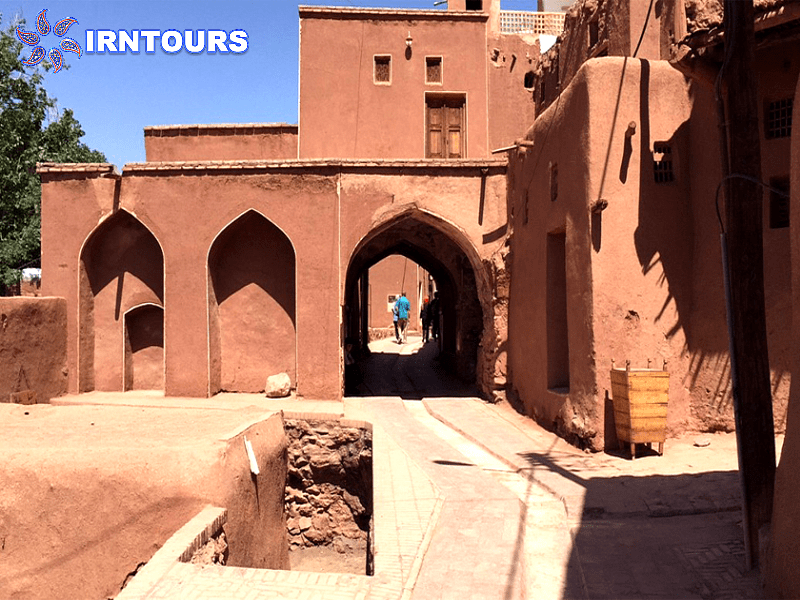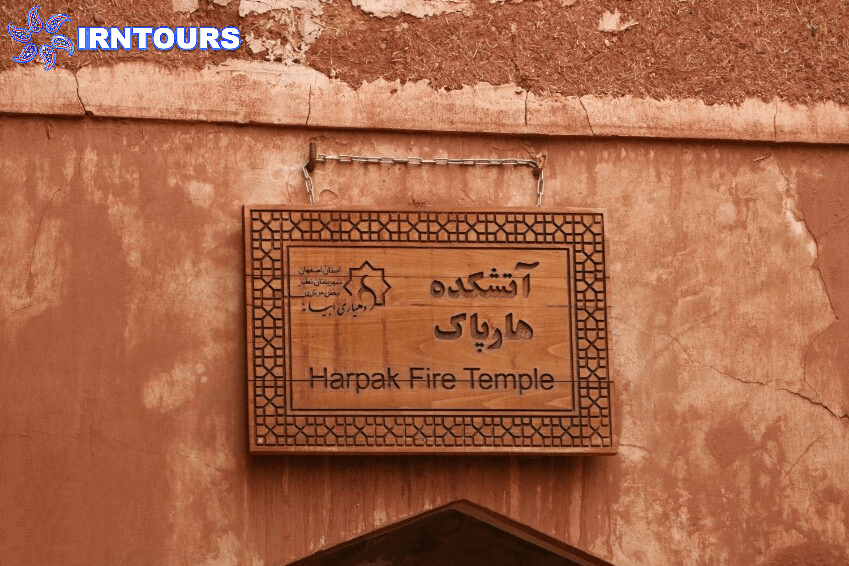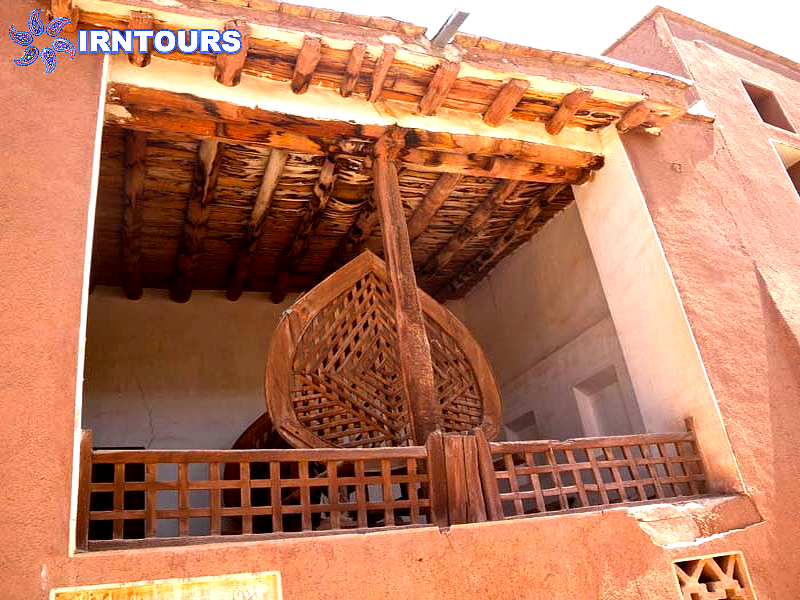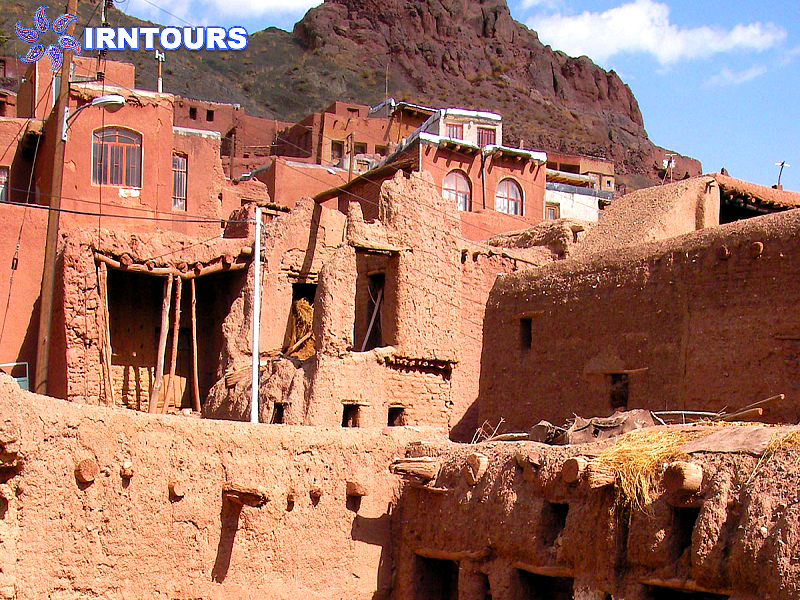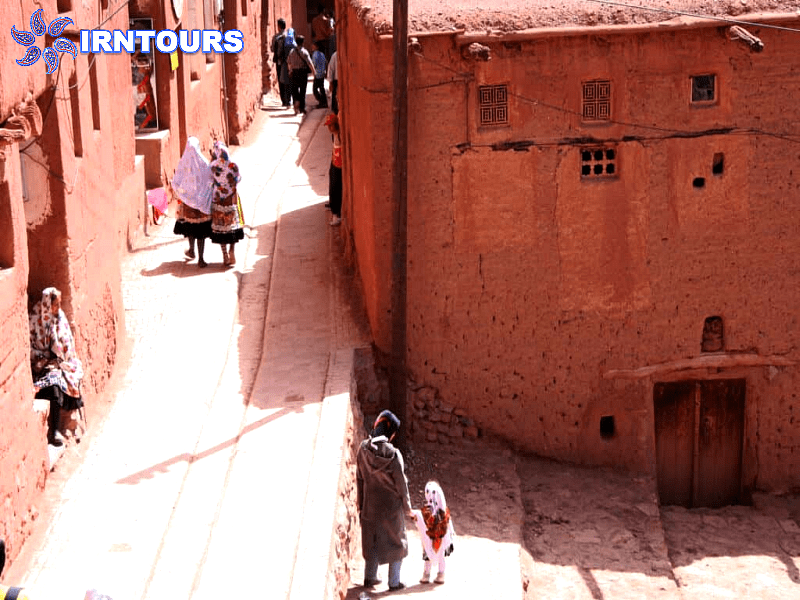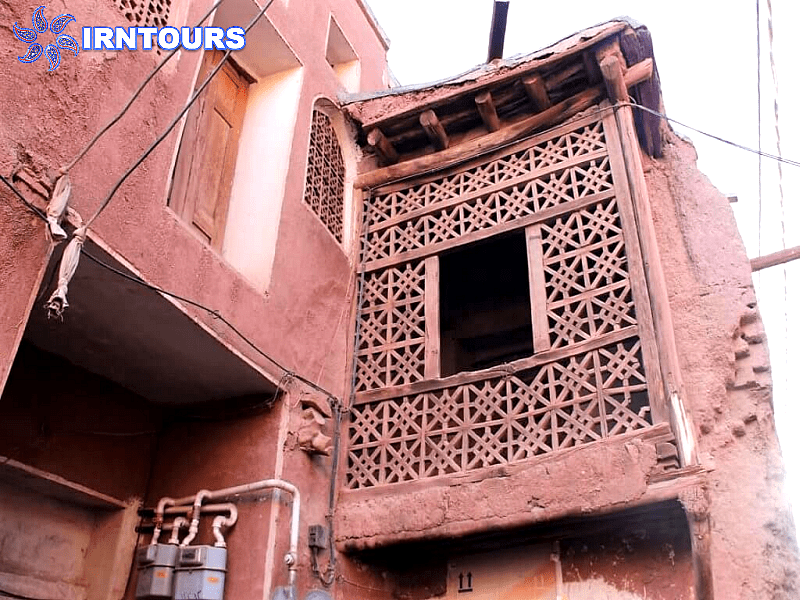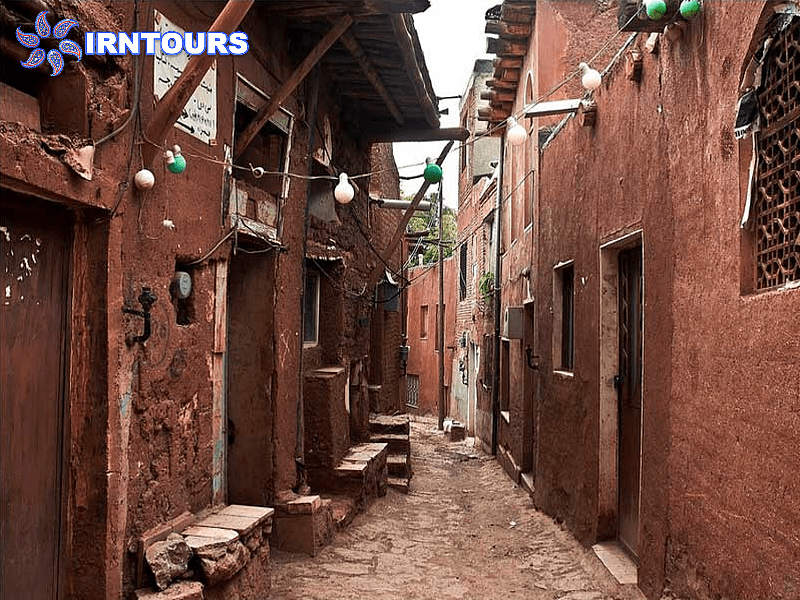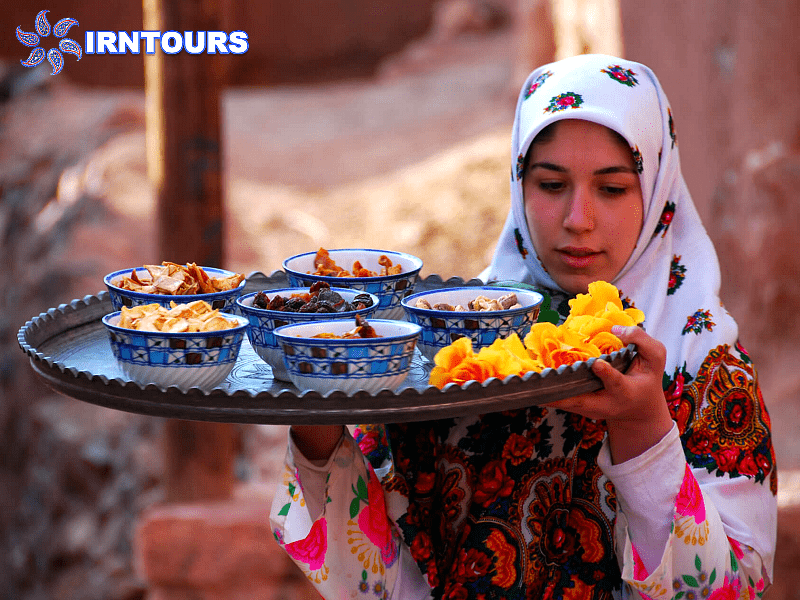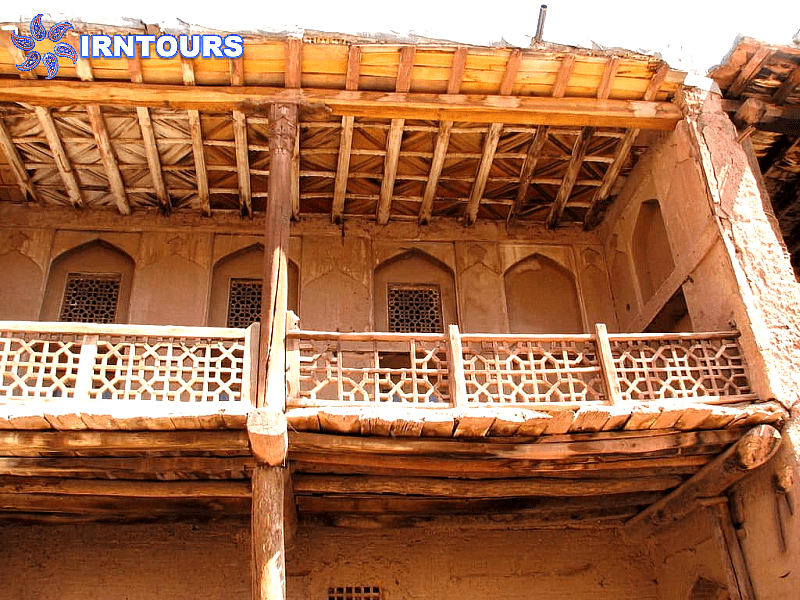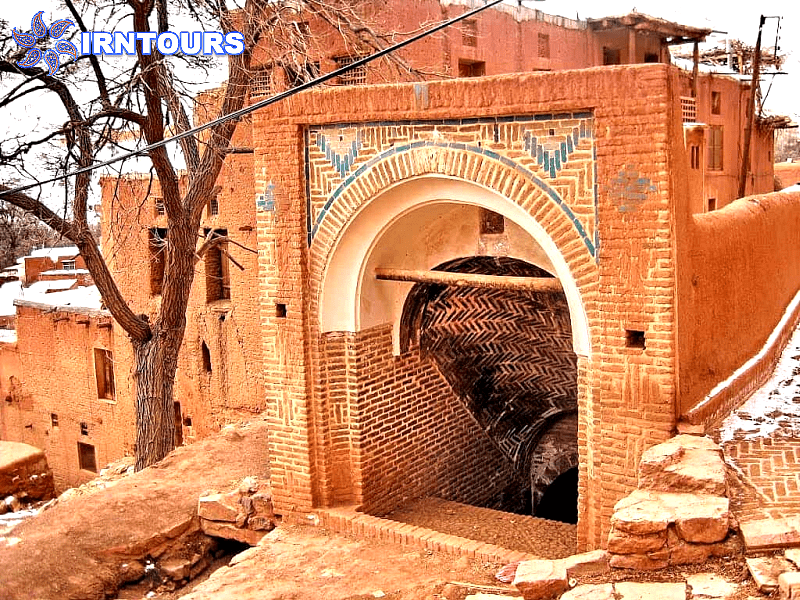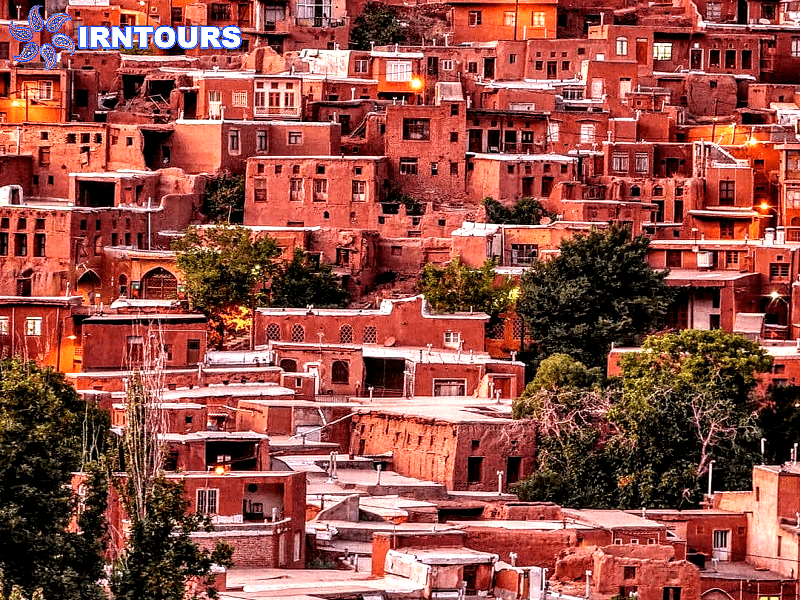About Kashan Bazaar
The traditional market of Kashan is considered one of the most important and beautiful places to see in Kashan, which houses more than 40 historical monuments, including several timche (bazaar), Mianchal market, reservoir, mosque and school, Imamzadeh, caravanserai and bathhouse. Kashan market is considered one of the most important attractions of the country and therefore, it was registered in the list of national monuments of Iran on August 30, 1976 with number 1284. This market is not only a great place to visit in terms of architecture and decorations; You can also buy first-class handicrafts and souvenirs from it.
Introducing Kashan Bazaar
Kashan market with more than 40 historical monuments is one of the most spectacular tourist attractions of Kashan city. Besides, thanks to the various shops, Kashan is considered a suitable place for daily shopping and souvenirs.
Kashan market is smaller than other markets in Iran and you can easily visit and shop in it. Similar to all historical markets, this market is made up of different sections, each section is dedicated to the activity of a specific guild, and for this reason, you will see coppersmiths in one part of it, and in the other part, you will be faced with the shoemaker’s market. The most important center for carpet sales and carpet trade is Amin al-Doulah Palace, and you can find copper dishes and decorations in Mesgarha Bazaar. Other products such as rose water and arjijat, pottery, handicrafts are offered as important products of this market.
This historical bazaar is not only for the sale of various goods and organizes ceremonies such as Muharram mourning with special passion and splendor. From the sixth day of Muharram to the day of Ashura, every day about 70 to 80 groups of mourners go to Timcheh Amin al-Doulah. These groups move from Dolat gate, Mesgarha bazaar, Pa Nakhel side and Gozrano bazaar and finally reach Amin al-Douleh Timcheh. The first category of mourning is Chavush Aza, which starts one day before the beginning of the month of Muharram and informs people about the arrival of the month of Muharram.
Where is Kashan Bazaar ?
- The traditional bazaar of Kashan continues from the middle of Baba Afzal Street to the Dolat Gate.
- Address : Kashan City, Baba Afzal St
- Kashan market has two main entrances, one is located on Baba Afzal Street and the other is located at Dolat Gate, and therefore it can be accessed from both streets.
- Address 1: Kashan, Kamal Mulak Square, Baba Afzal St
Address 2: Kashan, Dolat Gate, Abazar St - If you are on your way to Kashan market by public transport, the nearest bus stop to the market is located in Kamal-ul-Mulk Square.
History of Kashan market
Kashan bazaar was built during Al-Buya and Seljuk period; However, in the Safavid period, it reached the peak of its glory; Especially during the time of Shah Abbas I, when many tourists visited this market and did business. This market also maintained its glory during the Qajar period. But after that, it gradually fell from prosperity. The current bazaar of Kashan was built on the remains of the old bazaar, and it is actually the work of the architects of the Qajar period, especially the time of Fath Ali Shah, who built it in its present form.
The period of Agh Quyunluha
Among the historical monuments before the Safavid era (the period of the kings of the Aq Quvinlu dynasty) that exist in the Kashan market, there is a pair of large wooden doors in the house known as Zaghali in the middle of the Mesgarha market. The year eight hundred and eighty-eight is written on it.
Safavid period
During the reign of Shah Abbas I, four elaborate bazaars named Kayserieh were built in the middle of the large bazaar. During the successive trips of Shah Abbas and his successors to that city, the big bazaar and the square connected to it were the first center of celebration and illumination, and the place of night entertainments and gatherings of royal parties. English Sir Antoine Shirley, who accompanied Shah Abbas I to Kashan in one of his trips, says the following about these parties:
Around 10 o’clock, the king sent someone to reach his presence and we went to a market in the middle of the city, which is a very beautiful place. We saw that the king was there with his servants and his wrath, and they had lit many torches and illuminated the entire square. The celebration and lights were so magnificent that we were all surprised. After that, elaborate fireworks and… after that, they played party songs with drums and trumpets.
Qajar period
The long reign of Shah Qajar Fathla’i was associated with the stability of the political situation and the development of local industries, which caused the construction of large and interesting buildings from the Caravanserai and Timcheh to numerous bazaars along the Kashan Grand Bazaar. Eugene Flanden, who traveled to Kashan in 1252 AH, writes in his travelogue:
In the last century, this city was completely destroyed and its buildings were destroyed. The buildings that are important today are markets, caravanserais and baths.
Pahlavi period
Along the entire length of the market, that is, from the Government Gate to Faiz Square and in front of the Square Mosque on both sides, more than 120 large shops were built with front porches and upper balconies, and there were several vast caravanserais located between the shops. In such a way that the end of each shop was connected to the yard of the caravanserai with doors and windows and skylights. After the death of Farrukh Khan, the new bazaar of Mesgarha was destroyed in 1871 until during the period of the Pahlavi dynasty and the construction of city streets, the entire new bazaar and its ruins were placed on the path of Afzal street and the last traces of it were also destroyed. Also, its four large and historical sides, which were intact and preserved at the entrance of the government gate, were destroyed for the construction of the municipal square.
This market has been the focus of many tourists and historians in different periods who have mentioned it with their descriptions; Like the author of the book “Zinat al-Majlis” who said:
There is nothing like the Kashan market in the whole world, and the length of that market is almost 2000 years old.
The French Tavernier also wrote about this market :
Kashan bazaar is very beautiful and is covered with good rooms and caravanserais are also big and comfortable; Especially one of them is very excellent, which is located near Baghshah Dolatkhane.
Professor Edward Brown said about Kashan copper market :
The Kashan copper market with the constant sound of the hammer hitting the copper and the furnaces where the copper turns red, is one of the most spectacular places in the East.
Because of this historical course, it is said that the Kashan market contains seven centuries of Iranian architecture, from the seventh century to the end of the Qajar period. Some parts of Kashan bazaar were seriously damaged in the earthquake of 1778 and were restored during the period of Feth Ali Shah Qajar. This work was registered in the list of national works of Iran on August 30, 1976 with number 1284.
Kashan bazaar architecture
Kashan market, like any historical market, has different parts; However, its main structural elements are :
- The main and sub-passage of the market, which is a long route, and there are shops on both sides of it.
- Sera, which is a middle courtyard with interconnected cells around it.
- Timcheh is a small covered space for the supply of a special type of product, which has impressive decorations compared to other parts of the market.
- Charsuq or Chaharsu, which is called the intersection of two main streets and has different architecture and detailed interior decorations.
If you go to Kashan market, apart from the main line where coppersmiths, goldsmiths, cobblers and bazaz are located, you will see Mianchal bazaar, property, mint and dyers, mosques, bekaa, caravanserais, timchehs, baths and numerous water reservoirs that every One of them was made in a certain period. In this market, the “median” is the main focus of the market, which, unlike other patterns, does not have a linear shape. This collection includes various elements such as Timcheh, Sera, Reservoir and School Mosque.
Different parts of Kashan market
- Imam’s mosque and school : The mosque and seminary of Imam (RA) is considered one of the most beautiful Islamic buildings in Iran and the largest mosque of Kashan’s student school. This Qajar building is more than 200 years old and was built during the time of Feth Ali Shah. This complex is also known as the King’s School, the Mosque, and the Soltani School. Excellent design and plan, large space and beautiful landscape, tiled front, etc. are among the attractions of this mosque.
- Imamzadeh Darb Zanjer : The original name of this place is Imamzadeh Harith (a.s.), which is related to Hazrat Musa bin Jafar (a.s.). This imamzadeh has a wide portico and courtyard and has an impressive turquoise dome. Very beautiful and colorful mosaic tiles are used in the grave and the metal shrine covers it. The people of Kashan have a lot of respect for this imamzadeh and have a lot of faith in it.
- Timcheh Amin al-Dawlah :Timcheh Amin-doleh is the most beautiful part of Kashan bazaar, which is also known as Amin-doleh Caravanserai. In fact, this team is named in memory of its founder, Farrokh Khan Ghafari Kashi, nicknamed Amin-doleh. This part of the market was built during the Qajar period and between 1280 and 1284 AH under the supervision of Master Ali Maryam Kashani, a master and famous designer and architect of that period.
Timcheh Amin al-Douleh is a three-story building with a high ceiling and a wide opening, the like of which has not been seen anywhere else. Stunning decorations and geometric masterpieces are some of the charms of this building, and the high strength of the building and its plan and architecture are also amazing. In addition, the bold presence of carpet sellers in Timcheh Amin al-Doulah has caused the world of colors and patterns to create a different atmosphere in Amin al-Doulah Palace. The name of this work was included in the list of national works of Iran on January 19, 1975 with registration number 1016. - Hamam Khan :Hammam Khan is a building left over from the Zandiyeh period, which is used as a traditional teahouse and restaurant today. The entrance of Hamam Khan has a beautiful entrance with spectacular tiling, which has great historical significance. To enter the bathroom, you pass a few steps and enter a space with a basin in the middle. Around this space, there are platforms for receiving guests and you can spend a few minutes away from the hustle and bustle of the market. This work was registered in the list of national works of Iran on March 16, 2003 with number 3627.
- Timche Sabbagh :Timche Sabbagh is one of the works of Qajar period and it is also famous for Haji Seyyed Hossein Bazaar. This two-story building consists of two sections, the vestibule and the main space of Timcheh, and the cells are located around it. In the middle part of this timcheh, there is a basin and detailed decorations can be seen on its roof. The name of this team is based on the name of its founder, Haj Sheikh Hassan Sabbagh, one of the famous merchants of the Qajar period. On September 23, 2003, Timcheh Sabbagh was included in the list of national works of Iran with registration number 10253.
- Mir Emad Mosque : Mir Emad Mosque is one of the old buildings of Kashan Bazaar, which dates back to the Seljuk period to the Safavid period. This mosque is also known as the Maidan Mosque due to its location near the market square. The most attractive part of this mosque is its beautiful facade, which displays authentic Iranian architectural techniques. In addition, inscriptions and decrees of the kings of Qaraqoyunlu and Safavid to Qajar can be seen on the walls around it, which contain important information about the customs and social traditions of the people and the ways of the past rulers. The old mihrab of the mosque is one of its other wonders that has been mentioned in the memories of past tourists. Today, this altar is kept in the Islamic Museum of Berlin. Mir Emad Mosque was registered under the name of Maidan Mosque on January 6, 1932 with number 117 in the list of national monuments of Iran.
- caravanserais : The historical market of Kashan has many Iranian caravanserais, including Ghafarpur caravanserais, Borujardis, Rabat, Naraghis, Zaghali, etc. Among the caravansary in this market, the Zaghali caravansary, the Mirpanj caravansary and the new caravansary are more important and famous.
- Kayseri market : Qaysarieh Bazar of Kashan was built by Shah Abbas Safavi, and therefore, it boasts spectacular and rare decorations from that period. In this bazaar there are Balabaz Mosque and Reservoir, Haj Mohammad Sadegh House, New Caravanserai, Hammam Khan and Faiz Caravanserai.
Tips for visiting Kashan market
- Muharram mourning is celebrated with special enthusiasm and splendor in Kashan market, and if you travel to this city during these days, do not miss it.
- The working hours of Kashan bazaar are from 9:30 in the morning to the call to prayer at noon (around 12:00) and in the evening from 17:00 to 21:00.
- Among the tourist attractions near Kashan market, we can mention Agha Bozor Mosque and Madrasa, Sultan Amir Ahmed Bath and Boroujerdi House, which are worth visiting.


